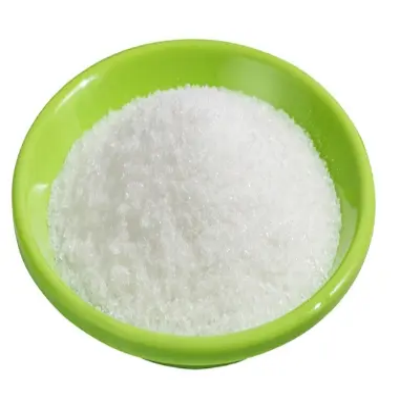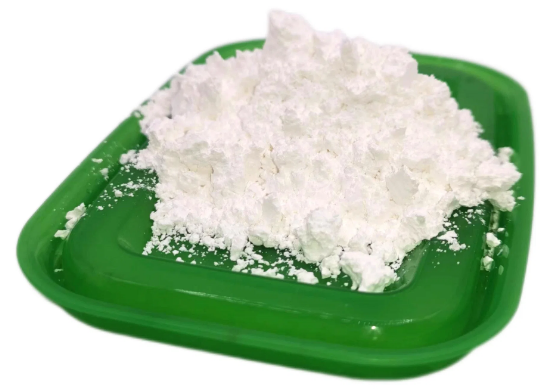(4S)-3-[5-(4-Fluorophenyl)-1,5-dioxopenyl]-4-phenyl-2-oxazolidinone CAS:189028-93-1
(4S)-3-[5-(4-Fluorophenyl)-1,5-dioxopenyl]-4-phenyl-2-oxazolidinone is notable for its intricate structure and potential therapeutic applications, which are explored in-depth below. Chemical Structure and Properties The compound's structure comprises a 1,5-dioxopenyl side chain attached to the oxazolidinone core, with a 4-fluorophenyl group positioned on the phenyl ring. This arrangement influences its molecular interactions and biological activity, particularly in terms of antibacterial efficacy and pharmacokinetic profiles. The chiral center at the 4-position of the oxazolidinone ring confers stereochemical specificity crucial for its pharmaceutical properties. Synthesis Methods and Pharmaceutical Applications Synthesis of (4S)-3-[5-(4-Fluorophenyl)-1,5-dioxopenyl]-4-phenyl-2-oxazolidinone typically involves intricate organic chemistry techniques, focusing on stereochemistry control and functional group compatibility. The compound's synthesis requires careful optimization to ensure high yields and purity, critical for its pharmacological effectiveness and safety in clinical applications. Pharmacological Activity and Therapeutic Potential In pharmacology, this oxazolidinone derivative exhibits potent antibacterial properties, particularly against Gram-positive bacteria such as methicillin-resistant Staphylococcus aureus (MRSA). Its mechanism of action involves inhibition of bacterial protein synthesis through interaction with the ribosomal complex, highlighting its role in combating antibiotic-resistant infections. Ongoing research aims to further elucidate its efficacy spectrum and explore synergistic effects with existing antibiotics. Clinical Implications and Future Directions (4S)-3-[5-(4-Fluorophenyl)-1,5-dioxopenyl]-4-phenyl-2-oxazolidinone holds promise as a valuable therapeutic agent for treating multidrug-resistant bacterial infections, addressing critical gaps in current antibiotic therapies. Future studies may focus on optimizing formulations to enhance bioavailability, reducing potential side effects, and expanding its clinical applications beyond conventional antibiotic treatments. Conclusion In summary, (4S)-3-[5-(4-Fluorophenyl)-1,5-dioxopenyl]-4-phenyl-2-oxazolidinone represents a significant advancement in medicinal chemistry, characterized by its unique structural attributes and potent antibacterial activity. Its development underscores ongoing efforts to combat antimicrobial resistance and improve treatment outcomes for challenging bacterial infections. Continued research efforts will likely concentrate on refining synthesis methodologies, investigating additional therapeutic applications, and advancing clinical trials to validate its efficacy and safety profiles in diverse patient populations.



| Composition | C20H18FNO4 |
| Assay | 99% |
| Appearance | white powder |
| CAS No. | 189028-93-1 |
| Packing | Small and bulk |
| Shelf Life | 2 years |
| Storage | Store in cool and dry area |
| Certification | ISO. |


![(4S)-3-[5-(4-Fluorophenyl)-1,5-dioxopenyl]-4-phenyl-2-oxazolidinone CAS:189028-93-1 Featured Image](https://cdn.globalso.com/xindaobiotech/6FOL1BS0UMD0X9Z402301.png)
![(4S)-3-[5-(4-Fluorophenyl)-1,5-dioxopenyl]-4-phenyl-2-oxazolidinone CAS:189028-93-1](https://cdn.globalso.com/xindaobiotech/6FOL1BS0UMD0X9Z402301-300x300.png)





